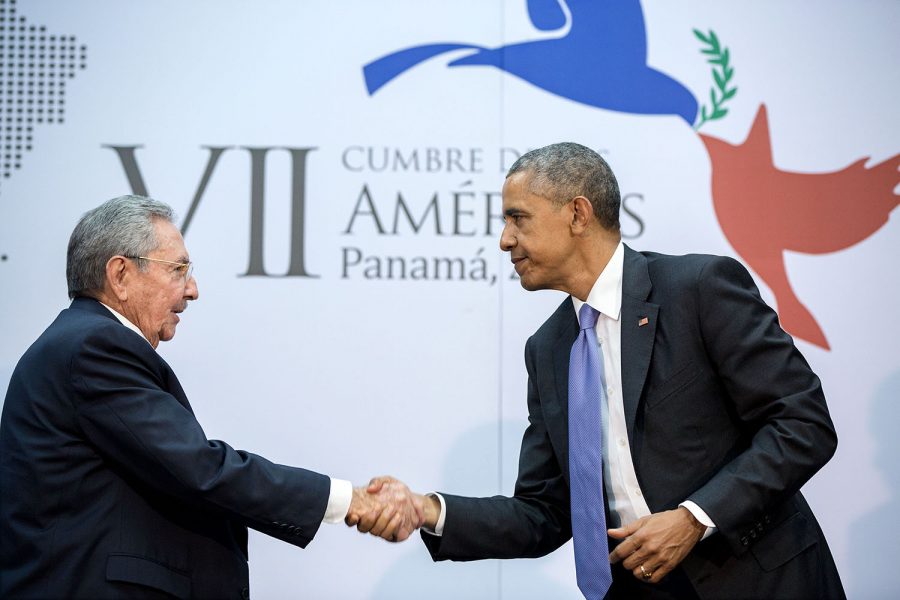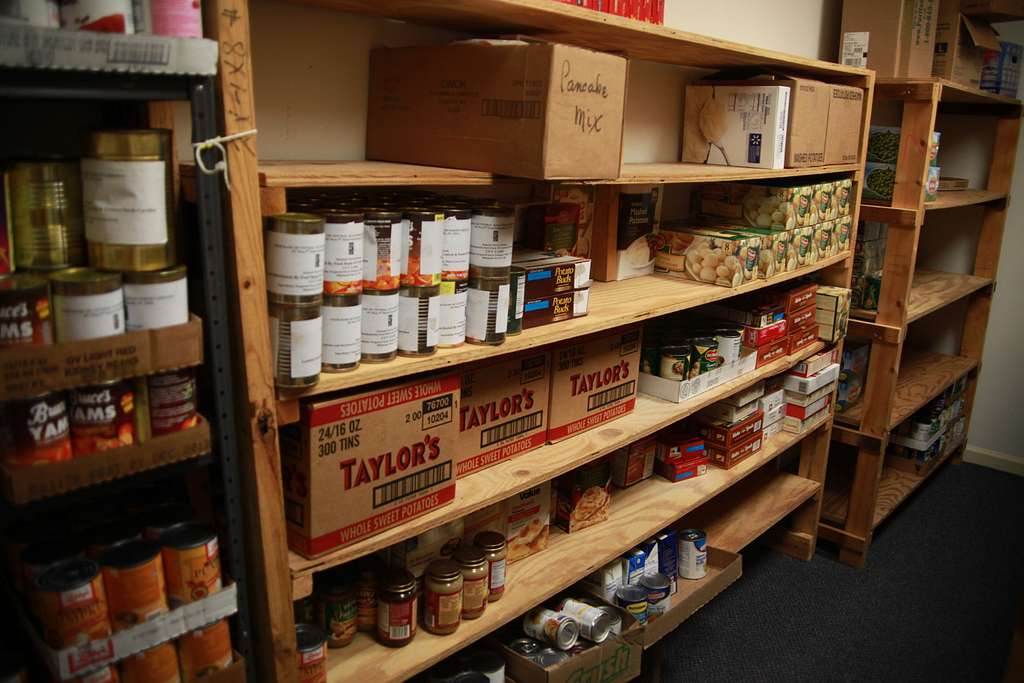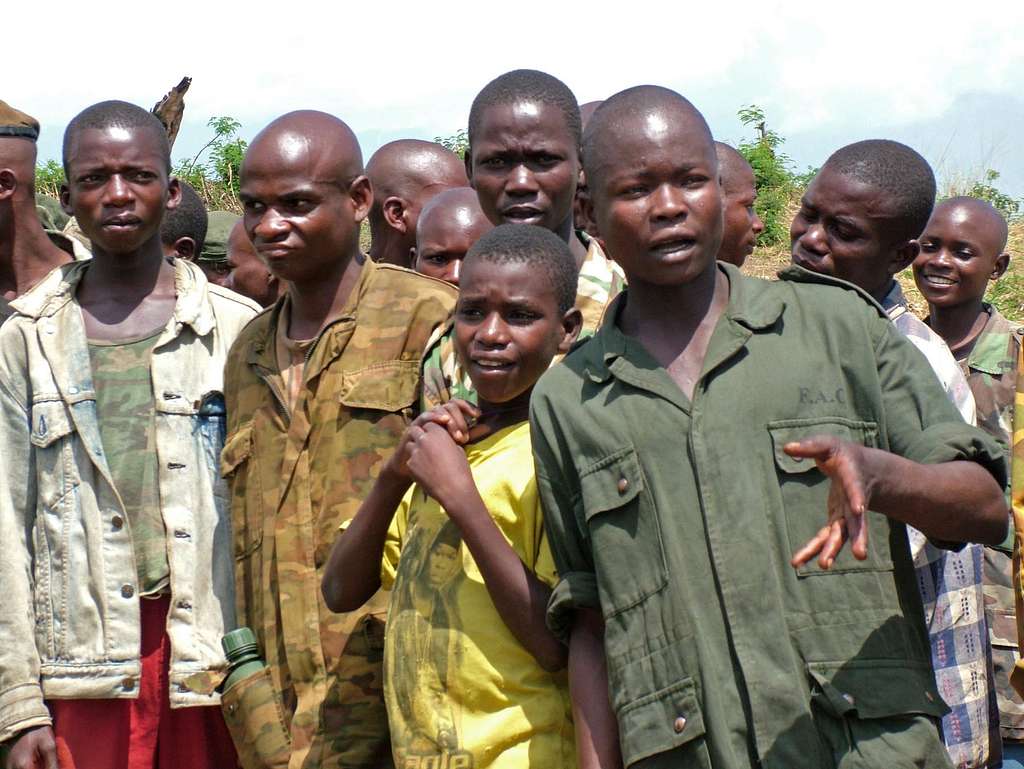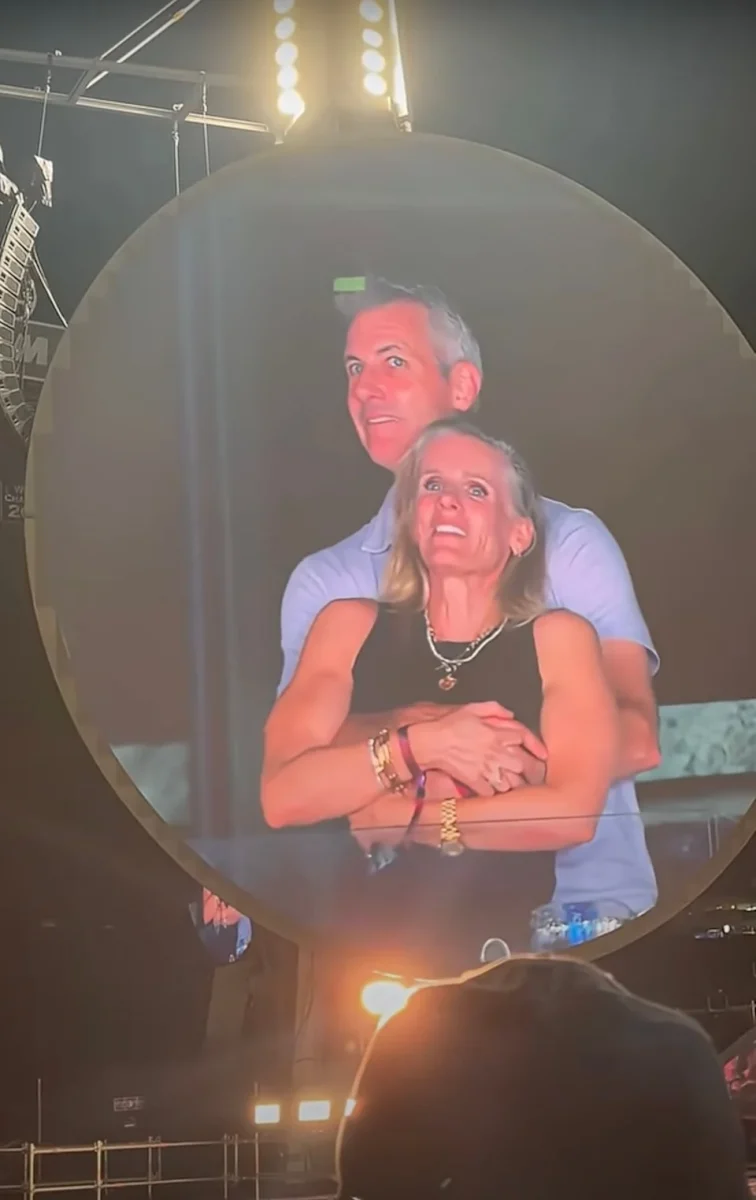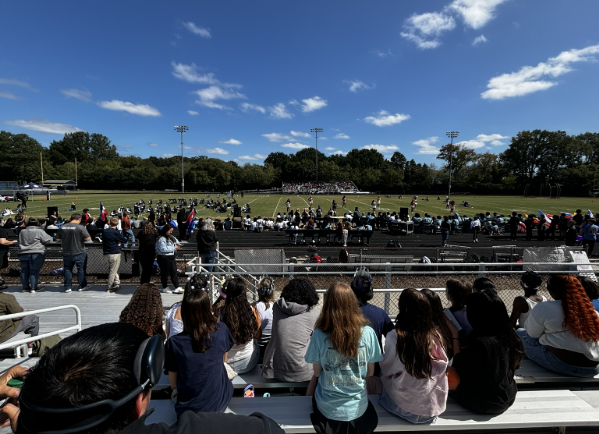What is the deal with the U.S. and Cuba?
Former US president Barack Obama meets former Cuban president Raul Castro to discuss relations between the two countries. After meeting with Cuba in 2016, the countries are still trying to define their new relationship.
March 20, 2019
The United States and Cuba have always had a somewhat rough history, which started back in 1959 and continued until President Obama’s visit 3 years ago. On March 20, 2016, Obama became the first sitting U.S. president to visit Cuba since 1928. This was very significant in helping to better the relations between Cuba and the United States.
The tension began in 1959 when Fidel Castro helped establish a revolutionary state and revolted against the anti-communist leader, who the United States supported at the time, Fulgencio Batista. Batista fled the country after seven years of rule, which allowed Fidel Castro to take power. When this happened, Castro hiked up taxes on U.S. imports, causing President Eisenhower to freeze Cuba’s asset in the United States and cut off diplomatic ties with the Castro government. Later in 1961, the Bay of Pigs invasion took place; John F. Kennedy deployed hundreds of CIA-sponsored Cuban exiles to overthrow Fidel Castro and his government. However, the United States failed this attempt. Then in 1962, the Cuban Missile Crisis occurred, which was when the United States government found out that the Soviet Union was building nuclear missile bases in Cuba which led to a thirteen-day standoff. This ended with President Kennedy secretly agreeing to withdraw nuclear missiles from Turkey if the Soviet Union withdrew their missiles from Cuba. Kennedy also agreed not to invade Cuba.
Things took a turn in 1977 when President Jimmy Carter came to an agreement with Fidel Castro to resume diplomatic exchange. Although it was limited, this allowed officials from the two countries to communicate regularly. In 1985, the United States launched an entertainment and news radio service for the people of Cuba. The Cuban government saw this as U.S. propaganda, and they jammed the stations broadcast. During this year, Cuba also cuts-off visits by Cubans living in the United States. The pressure between the two countries continued until late 2014 when President Barack Obama decided to put this to an end.
In December 2014, Obama finally decided to make things right with Cuba; after all, this standoff had outlasted ten U.S. presidents. Freshman Jonathan Jenkins said, “Actions speak louder than words, so I believe that Obama’s actions towards peace with Cuba spoke louder than what other presidents have said about peace.” As he announced a plan to normalize relations, Obama said that the U.S. government cannot keep doing the same thing and expect a change to occur. One of his main goals was to try and improve life in Cuba through commercial ties and negotiations, rather than trying to overthrow the communist government through economic pressure and isolation. This goal has taken some effect; in 2015, the number of Americans visiting Cuba increased by 77%. Although Obama helped in decreasing the amount of hostility, there is still some tension between the two countries.


